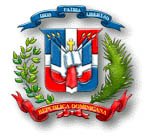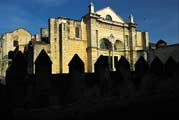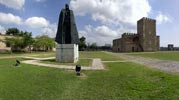|
|
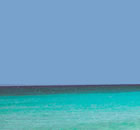 |
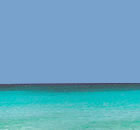 |
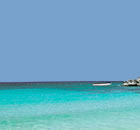 |
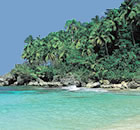 |
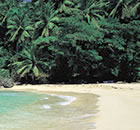 |
|
|
|
|
|
|
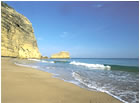 |
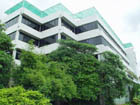 |
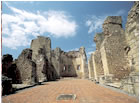 |
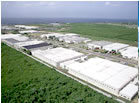 |
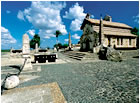 |
![]()
![]()
![]()
![]()

The Dominican Republic is located in the Caribbean, between Cuba and Puerto Rico. With an extension of 48,442 square kilometers, the country is the second largest country in the Antilles. This strategic geographic position has turned it into the main tourist destination of the region and into an ideal place for business and trade.
The climate is semitropical, with an average yearly temperature of 26°C (78°F).
The Dominican Republic has a great geographic diversity, having extensive beaches of white sand, fertile valleys with exuberant vegetation, desert zones with dune formations, mighty mountain chains where Pico Duarte, the highest peak and lake Enriquillo the biggest lake in the Caribbean.
The capital of the Dominican Republic is Santo Domingo.
Other important cities are Santiago, San Pedro de Macorís, La Romana,
Puerto Plata, Barahona, La Vega, San Francisco and Higuey.
|
When the Spaniards arrived on December 5, 1492, the island was inhabited by a group of Arauco Indians called "Tainos", but this population vanished in a relatively short time after the discovery. Named by its Spanish settlers "Hispaniola", the island became the base for the expansion of the Spanish empire into the new world. The city of Santo Domingo (originally named "La Isabela") was founded in 1496, and soon became the seat of the first cathedral, the first hospital and the first university of America. Only a year after gaining its independence from Spain in 1821, the eastern part of the island was occupied by Haiti. This occupation ended on February 27, 1844 with the proclamation of the National Independence. In 1916 the United States army occupied the country which ended in 1922. Also in 1965 there was a military intervention by the United States, which ended in 1966. Since then ten democratic elections
have been held, alternating in power the three main political parties.
The Dominican Republic has approximately 8.4 million inhabitants. As a result of the strong urbanization process experienced by the country in the last years, more than two thirds of the population lives in the urban centers of the main cities of the nation. The capital city of Santo Domingo alone has a population of more than three million inhabitants. Most of the Dominican population is the
result of a mestization process between the Indian, European and
African races. Spanish is the official language, and most of the
population is catholic, but there is also an important protestant
community.
The economically active population is estimated to be around 2.3 million, of which 49% are dedicated to agriculture, 33% to services and 18% to the industry. The telecommunications system is one of the most
advanced and efficient, not only within the Caribbean but also worldwide. Jan 1st. New Year’s
Day The Constitution of the Dominican Republic defines the government system as being democratic, republican and presidential. The exercise of power is divided among three independent branches: executive, legislative and judicial.
|
|
Airlines
Airlines that travel from the United States of America to the Dominican Republic.
|
|
©Copyright 2005-2007 Consulate-General of the Dominican Republic Bangkok Thailand |

